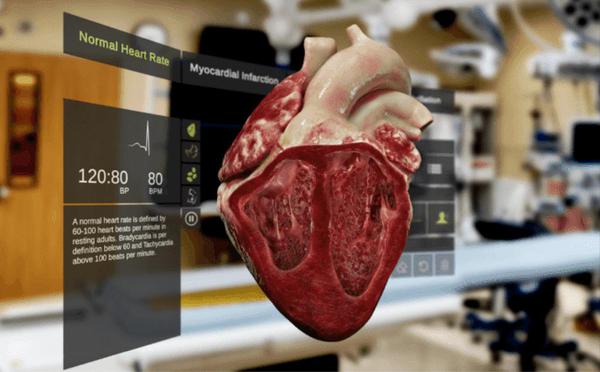

If a machine can think, it might think more intelligently than we do, and then where should we be?
Science and Technology Journalist, Content Writer, Startup Media Consultant, Storyteller, Writer of other things
Writing, reporting, and interviewing industry leaders, researchers, and others to advance the knowledge of science, technology, and what the future will bring.
Since 2006, Susan's articles include topics related to Artificial Intelligence (AI), Ethics of AI, Robotics, Automation, Virtual, Augmented, Mixed, and eXtended Reality (VR/AR/MR/XR), Metaverse, Internet of Things (IoT), Internet of Senses (IoS), Photonics, Electronics, Semiconductors, Analytics, Big Data, Cloud Computing, Telecommunications, Leadership, Biohacking, Life Sciences, Veterinary Sciences, Trans-humanism, Space, 3D/4D printing and bio-printing, Futurism, Multi-Planetary Life, 5G, 6G, Wi-Fi 6, Autonomous Vehicles.
Industries include: Electronics Supply Chain, Logistics, Industrial Manufacturing, Industrial Engineering, Telecoms, Cybersecurity, Brand Marketing, Healthcare, Higher Education among others.
Focusing on how emerging and future technologies affect, advance, and will affect not only the different industries but also the human society and future generations as a whole.
Occasionally, Susan writes about other things to keep life interesting.
As a location independent, free-spirited, curious person, Susan regularly travels around --mainly between Europe and the United Kingdom-- researching and reporting on the latest technology events both in-person and virtual.
Life is too short for one to be rooted missing the wonders this planet has to offer. Roots are for trees; wings are for those of us who want to be free like a bird.
Professional Affiliations:
Association of British Science Writers (ABSW)
World Federation of Science Journalists (WFSJ)
Journalism.co.uk
Internet Press Guild (IPG)
IEEE Global Initiative on Ethics of Autonomous and Intelligent Systems
International Science Writers Association (ISWA)
Society of Authors (SoA)
C.S. Lewis





















